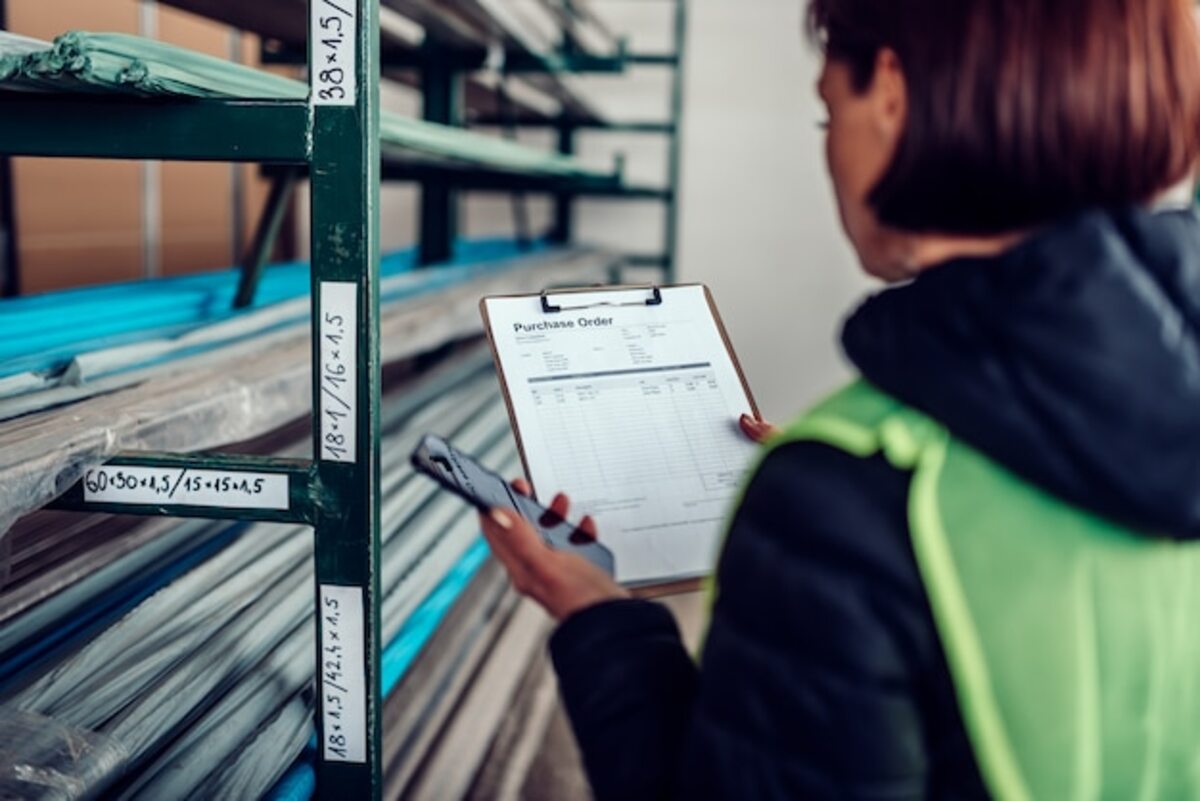Errors in not checking the availability of the desired product

Have you ever felt the frustration of finding the perfect product, only to discover that it is unavailable? Not checking availability before purchasing can lead to a series of inconveniences and disappointments. In this article, we will explore the most common mistakes that buyers make by skipping this crucial step in the purchasing process. Join me to discover how to avoid these pitfalls and ensure that your shopping experience is smooth and satisfying.
1. The disappointment of an empty cart: Why does it happen?
The disappointment of an empty cart is an experience that many consumers have faced. Imagine having spent time researching and comparing products, only to add your choice to the cart, only to be hit by the notable absence of the same in the inventory. This discomfort not only interrupts the purchasing flow but can also generate emotional frustration. The expectation of receiving a desired product quickly turns into a feeling of loss, which is especially true when it comes to essential or desired items that could have improved our daily lives.
The reasons behind this disappointment are often related to the lack of attention to detail before completing the purchase. Buyers often assume that the product will be available without checking its current status on the website or physical store. This can be due to a variety of factors: from changes in inventory to errors in the information provided by retailers. Ignoring this fundamental step will not only affect your satisfaction as a buyer but could also lead to additional inconveniences, such as having to rush to find alternatives or dealing with prolonged wait times for restocking. Therefore, ensuring to check availability before proceeding is crucial to avoid a negative experience and to ensure that your expectations are met.
2. Strategies to check availability before purchasing
When purchasing, especially online, it is essential to employ effective strategies to check the availability of the desired product. One of the first actions you can take is to visit the seller's website. Many retailers provide updated information about inventory and allow you to verify if the item you are looking for is available in their warehouse. Additionally, make sure to check the delivery options; some products may only be available for in-store pickup or have extended shipping times. Using search filters that indicate availability can also be helpful to narrow down your options to those products that you can actually purchase.
Another key strategy is to use applications or tools that compare prices and availability across different stores. These platforms not only allow you to find the best price but also indicate whether the product is in stock at multiple locations. If a specific item is not available, consider setting up restock alerts or signing up for waitlists. This way, you will receive notifications when the product becomes available again, making it easier for you to purchase without wasting time or missing valuable opportunities. Implementing these tactics can make the difference between a frustrating experience and a successful purchase.
3. The impact on your time: how much you can lose by not verifying
By not checking the availability of a product before making a purchase, you can waste valuable time that could have been spent on other activities. Imagine you are excited to acquire a new appliance for your kitchen, only to arrive at the store or place the order online and find out that it is out of stock. Such situations not only create frustration but can also lead to hours spent searching for alternatives or waiting for restocks, which can disrupt your plans and affect your daily routine. The lack of verification can turn a simple purchase into an unnecessary odyssey.
In addition to the lost time, this oversight can imply additional costs. If you decide to keep searching for the same product in different stores or online platforms without success, you are likely to end up spending more money on transportation or even opting for alternative products that do not fully meet your needs. This not only affects your budget but also increases the possibility of regret over hasty decisions. In summary, taking a few minutes to check the availability of the desired product can save you much more time and resources in the long run, allowing you to fully enjoy your shopping experience without setbacks or unpleasant surprises.
4. How availability affects your purchasing decisions
The availability of a product has a significant impact on the purchasing decisions we make. When we find an item that seems to meet our needs, the excitement of the moment may lead us to assume that it will be available regardless of the place or channel of purchase. However, if we do not check the availability before proceeding, we are likely to face frustrating situations, such as having to reschedule a home improvement project or even seeking less appealing alternatives. This lack of attention can cause us to waste time and energy on a fruitless search. Furthermore, availability also influences our perception of value and urgency. If we discover that something is in stock and hard to get, we may feel pressured to make a quick purchase before it runs out. On the other hand, if we face long waiting times or out-of-stock products, this may lead us to reconsider our priorities or even choose not to buy anything at all. Ultimately, checking availability before making decisions helps us avoid unpleasant surprises and plan our purchases better to achieve more satisfactory results.
5. Alternatives when your desired product is not available
When you find yourself in a situation where the desired product is not available, it is important not to give up and consider alternatives that may meet your needs. One option is to research similar products that fulfill the characteristics you are looking for. Many times, there are lesser-known brands or models that offer equivalent or even better functionalities at a more competitive price. Comparing specifications and reading reviews from other consumers can help you find a viable alternative.
Another effective strategy is to explore different points of sale. Often, a specific product may be out of stock at your usual store, but it can still be found online or at other physical stores. Additionally, some platforms allow you to set up alerts to notify you when the item is back in stock, giving you the opportunity to purchase it without wasting time constantly checking. By diversifying your options and keeping an open mind, you can turn an initial frustration into a satisfactory solution for your home.
6. The importance of updated inventory in online stores
Managing an updated inventory is essential for the success of any online store. An accurate inventory not only allows merchants to know the actual availability of their products but also helps build a trusting relationship with consumers. When a customer accesses the online store and finds a product they want to buy, they expect it to be available at the time of purchase. If the store does not have an efficient system to update its inventory, it can lead to frustrating situations where the customer makes a purchase only to later find out that the product is out of stock. This not only affects customer satisfaction but can also damage the brand's reputation. Moreover, maintaining an updated inventory helps online stores make informed decisions about restocking and sales planning. By having accurate data on which products sell well and which do not, owners can optimize their offerings and reduce unnecessary costs associated with storing low-demand items. The lack of proper inventory control can lead to overstock or shortages, which directly impacts the business's finances and its ability to meet market needs. In summary, having an updated inventory is essential both to avoid customer disappointments and to ensure efficient business management in the competitive environment of e-commerce.
7. Digital tools to facilitate product verification
In the digital age, having the right tools can make the difference between a successful shopping experience and one filled with frustrations. There are various applications and online platforms that facilitate real-time verification of product availability. For example, some browser extensions allow users to receive instant notifications about changes in the inventory of their desired items, while other mobile applications offer barcode scanning to instantly check if a product is available in nearby stores. Using these tools not only saves time but also reduces the chances of disappointments when making a purchase. Additionally, many online stores have integrated systems that allow buyers to know the product availability before adding it to the cart. These features often include options to reserve products or receive alerts when they become available again. By leveraging these digital tools, consumers can make informed decisions and avoid unnecessary trips to physical stores where the product they are looking for may not be available. In summary, incorporating technology into the verification process can significantly transform the shopping experience and ensure that what you want is always within reach.
8. Financial consequences: hidden costs due to lack of verification
The lack of verification in a product's availability can not only cause frustration but can also lead to significant hidden costs. For example, when placing an order without confirming if the item is actually in stock, you may end up paying additional shipping fees when making a second order or even incurring cancellation fees. Furthermore, if the desired item is unavailable and you have to look for alternatives, you are likely to end up purchasing a more expensive or less suitable product for your needs, which further increases your unexpected expenses.
Additionally, these errors can affect your time and resources. The search for a replacement or the management of returns for unavailable products consumes valuable time and can generate unnecessary stress. In extreme cases, you could miss opportunities due to delays in acquiring the desired product, which could result in financial losses if they are items necessary for scheduled projects or events. In summary, not checking the availability of a product before making a purchase can lead to unforeseen financial consequences that go far beyond the initial cost of the item.
9. Real cases: stories of buyers affected by this error
One of the most common cases faced by buyers is that of María, who was excited to purchase a new vacuum cleaner for her home. After researching and reading reviews, she found a model that promised to be perfect for her needs. However, when making the purchase online, she did not check the product's availability. A few days later, she received an email informing her that her order had been canceled due to lack of stock. This situation not only caused her inconveniences in her daily routine, but also led her to lose trust in the seller, which made her reconsider future purchases with that brand.
Another example is Jorge, who decided to surprise his partner with a designer lamp for their living room. After seeing photos and reading enthusiastic descriptions, he made the purchase without checking if there were actually units available. When the expected moment came to give the gift, Jorge learned that the lamp would not be available for several weeks due to logistical issues. The disappointment was palpable and affected not only his surprise plan but also his relationship with the seller, who could not offer him a satisfactory solution at that moment. Cases like these highlight the importance of confirming product availability before clicking "buy," thus avoiding unnecessary frustrations and ensuring a more pleasant experience when shopping online or in physical stores.



